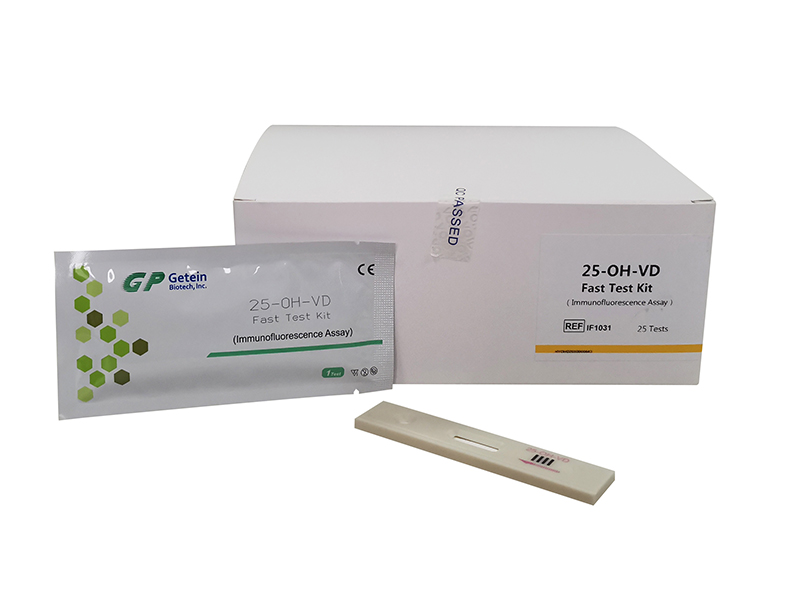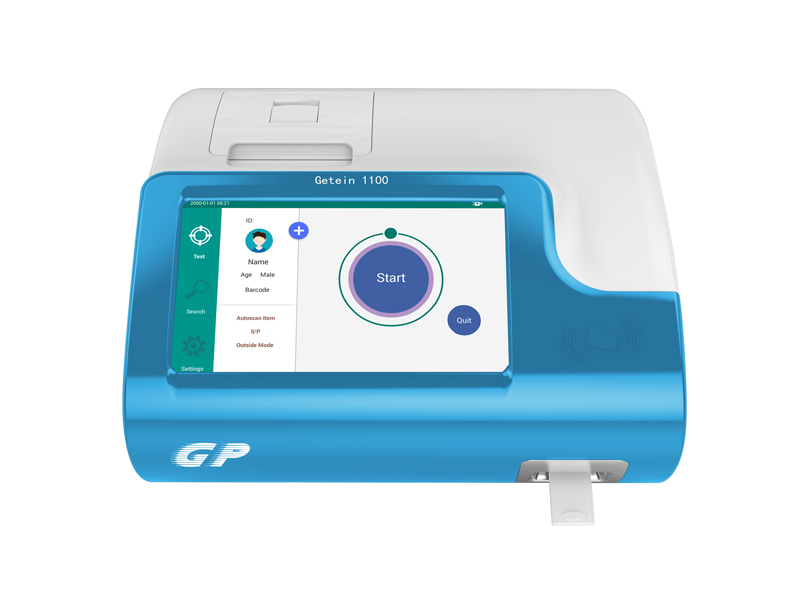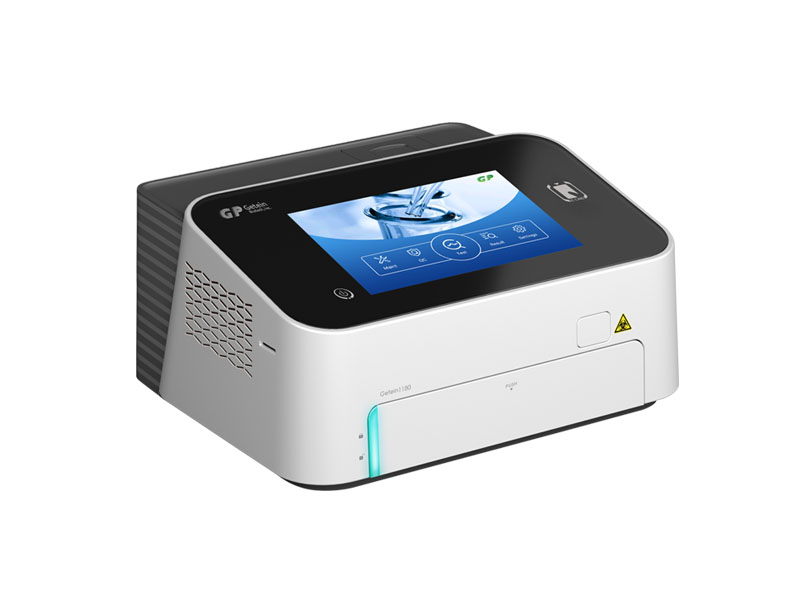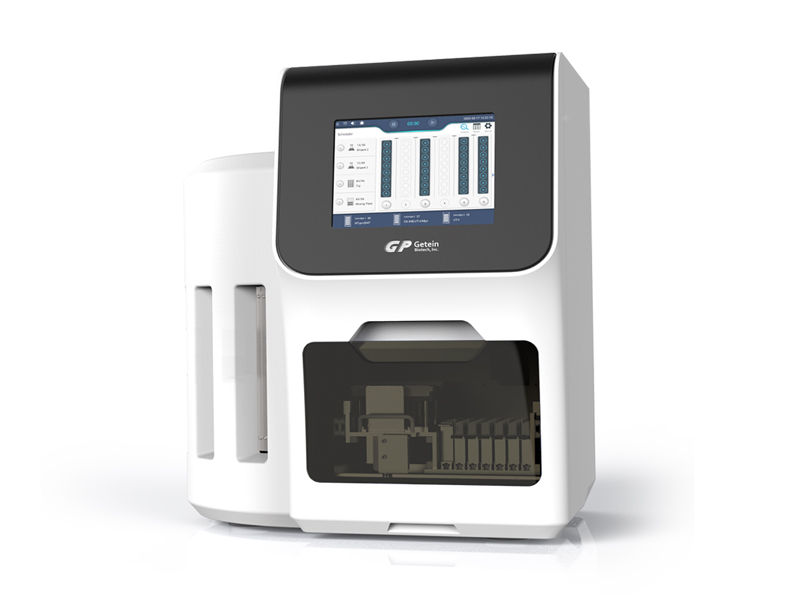October 2021
Vitamin D and Bone Health
What is Vitamin D?
Vitamin D, first identified as a vitamin early in the 20th century, is now recognized as a prohormone. It is a group of fat-soluble secosteroids that is naturally present in very few foods, responsible for increasing intestinal absorption of calcium, magnesium, and phosphate, and many other biological effects.
Vitamin D plays an important role in calcium's homeostasis and metabolism. It can be used to prevent rickets and "adult osteomalacia". Combining with calcium can prevent osteoporosis in the elderly.
Types of Vitamin D
Several forms of vitamin D exist. The two major forms are: Vitamin D2 and Vitamin D3.
Vitamin D2 (Ergocalciferol): It is synthesized by plants and is not produced by the human body.
Vitamin D3 (Cholecalciferol): It is made in large quantities in the skin when sunlight strikes bare skin. It can also be ingested from animal sources.
Metabolism of Vitamin D
In humans, the most important compounds in this group are vitamin D3 (also known as cholecalciferol) and vitamin D2 (ergocalciferol). In the skin, 7-dehydrocholesterol is converted into previtamin D3 by UV light and then modified into vitamin D3 (cholecalciferol). The dietary source of vitamin D is in the form of ergocalciferol (vitamin D2). Vitamins D2 and D3 are prohormones transported into the blood by means of specific binding proteins, by hydroxylation in the liver to produce 25-hydroxyvitamin D (calcidiol). Calciferol is further hydroxylated in the renal tubule into 1,25 dihydroxyvitami D (calcitrol), which is the active form of the hormone.
Vitamin D Deficiency
Vitamin D deficiency is a global public health issue. About 1 billion people worldwide have vitamin D deficiency, while 50% of the population has vitamin D insufficiency. In the United States, 47% of African American infants and 56% of Caucasian infants have vitamin D deficiency, while over 90% of infants in Iran, Turkey, and India have vitamin D deficiency. In the adult population, 35% of adults in the United States are vitamin D deficient whereas over 80% of adults in Pakistan, India, and Bangladesh are Vitamin D deficient. In the United States, 61% of the elderly population is vitamin D deficient whereas 90% in Turkey, 96% in India, 72% in Pakistan, and 67% in Iran were vitamin D deficient.
Related Diseases
Rickets and osteomalacia are the classical vitamin D deficiency diseases.
In children aged between six months and 36 months, vitamin D deficiency most commonly causes rickets, a disease characterized by a failure of bone tissue to properly mineralize, resulting in soft bones and skeletal deformities.
In adults, vitamin D deficiency can lead to osteomalacia, resulting in weak bones. Symptoms of bone pain and muscle weakness can indicate inadequate vitamin D levels, but such symptoms can be subtle and go undetected in the initial stages.
Vitamin D Tests
The most accurate way to measure how much vitamin D is in your body is the 25-hydroxy vitamin D blood test. Vitamin D testing may benefit those at risk for severe deficiency or those with laboratory or radiographic findings commonly associated with vitamin D deficiency. In these patients, knowledge of the 25(OH)D blood level provides an accurate assessment of vitamin D body stores, helps identify the need for vitamin D therapy, and may help to determine an effective dose.
Getein 25-OH-VD Test Kit
Getein 25-OH-VD Fast Test Kit (Immunofluorescence Assay) is intended for in vitro quantitative determination of 25-OH-VD inhuman serum and plasma samples. This test may help understand the metabolic changes of bone.

Getein 25-OH-VD Fast Test Kit (Immunofluorescence Assay)
Reagent Parameters
|
25-OH-VD (Getein1100) |
|||||
| Test Item | 25-OH-VD | Diseases | Osteomalacia, osteoporos | Sample Types | S/P |
| Sample Volume | 40 μL | Detection Time | 15 min | Diluent (Yes/No) | Yes |
|
Recommended Test Temperature |
23-25°C | Measuring Range | 8.0-70.0 ng/mL | Reference Range | 30.0-50.0 ng/mL |
| Anticoagulant | Hepatin, EDTA and sodium citrate | Result Interpration |
a. <10 ng/mL (25nmol/L) : severe vitamin D deficiency; b. 10-20 ng/mL (25-50nmol/L) : vitamin D deficiency; c. 20-30 ng/mL (50-75nmol/L) : vitamin D insufficiency; d. >30 ng/mL (75nmol/L) : vitamin D sufficiency; f. >100 ng/mL (250nmol/L) : vitamin D excess; e. >150 ng/mL (375nmol/L) : vitamin D toxicity; 1nmol/L= 0.4 ng/mL, refer to "Consensus on Clinical Application of Vitamin D and lts Analogs“ |
||
|
Test Procedure |
a. Take 40 μL sample into diluent 1 and mix gently. b. Wait for 2 min. c. Add 100 μL sample mixture to the test card. d. Wait for 15 min. e. Insert test card and press "Start" to start a test. NOTE: This method tests vitamin D, in the human body. |
||||
Applicable Devices

Getein 1100 Immunofluorescence Quantitative Analyzer
- Portable Design
- Multiplex Test Items
- Easy to Use
- Reliable Performance
- LIS and HIS Connectivity

Getein1180 Immunofluorescence Quantitative Analyzer
- 7 Incubation Channels + 1 Emergency Test Channel
- Constant Incubation Temperature
- Easy Operation
- None Contamination

Getein 1600 Immunofluorescence Quantitative Analyzer
- Android System
- High Throughput
- On-Site Testing
- Reliable Performance
- LIS and HIS Connectivity
- WIFI/4G Data Transmission
For more details, please contact: sales@getein.com.cn

Open WeChat and Scan the QR Code. Stay Tuned with Us.